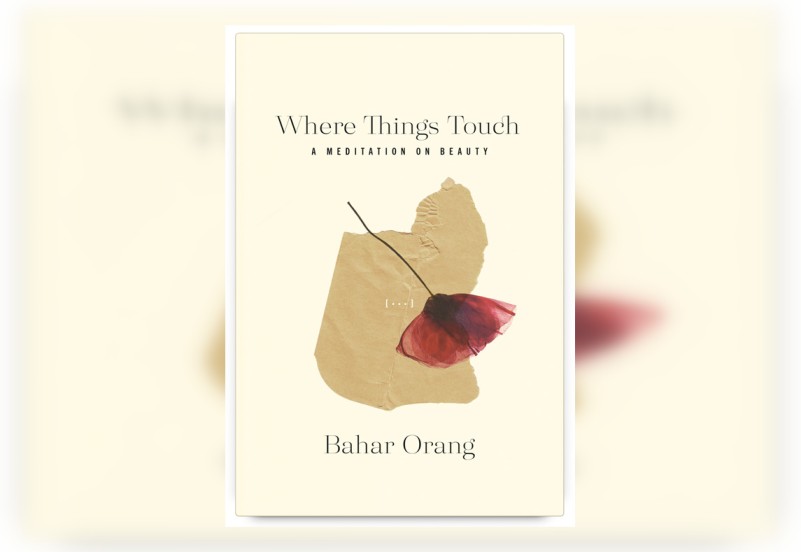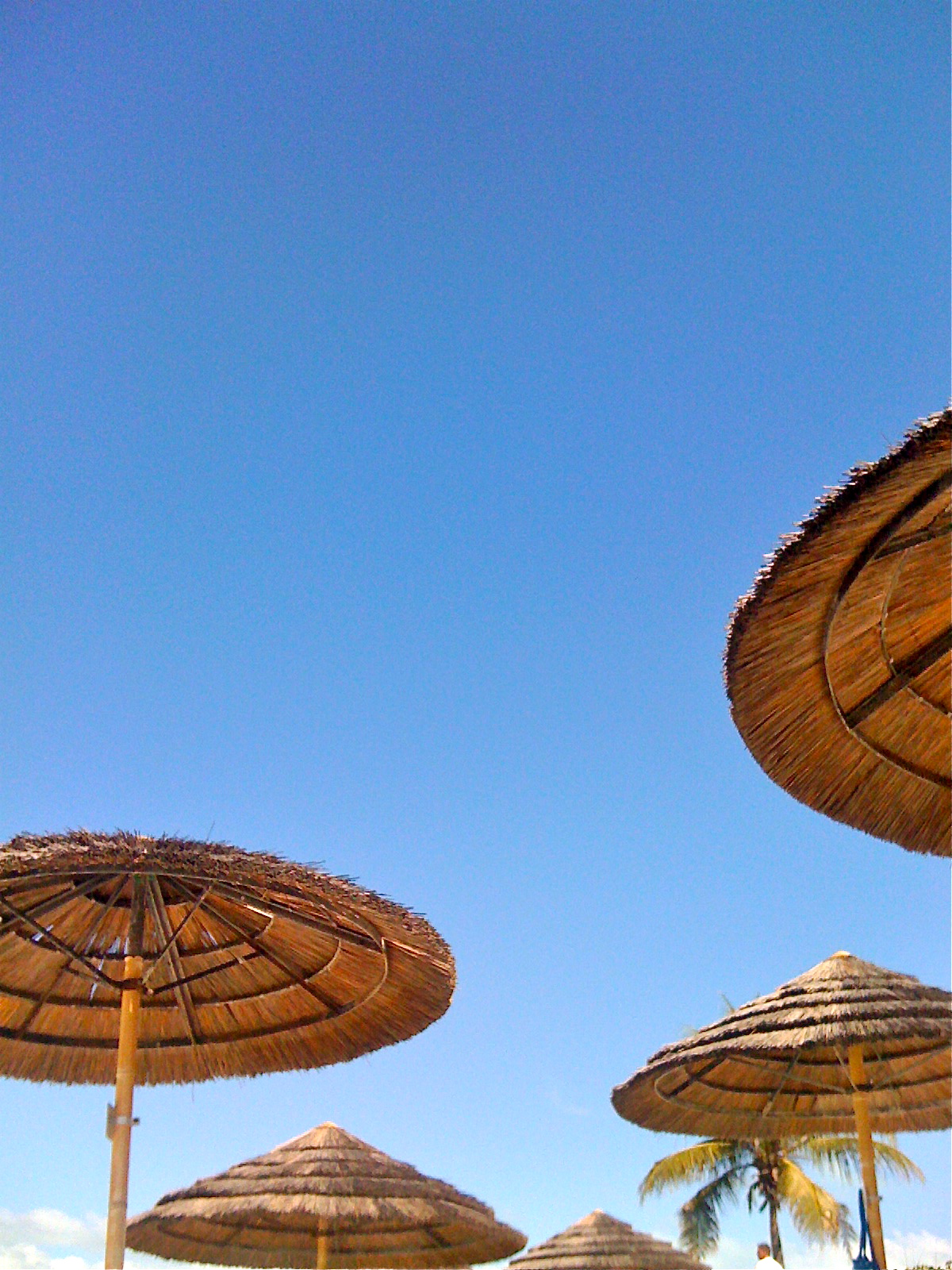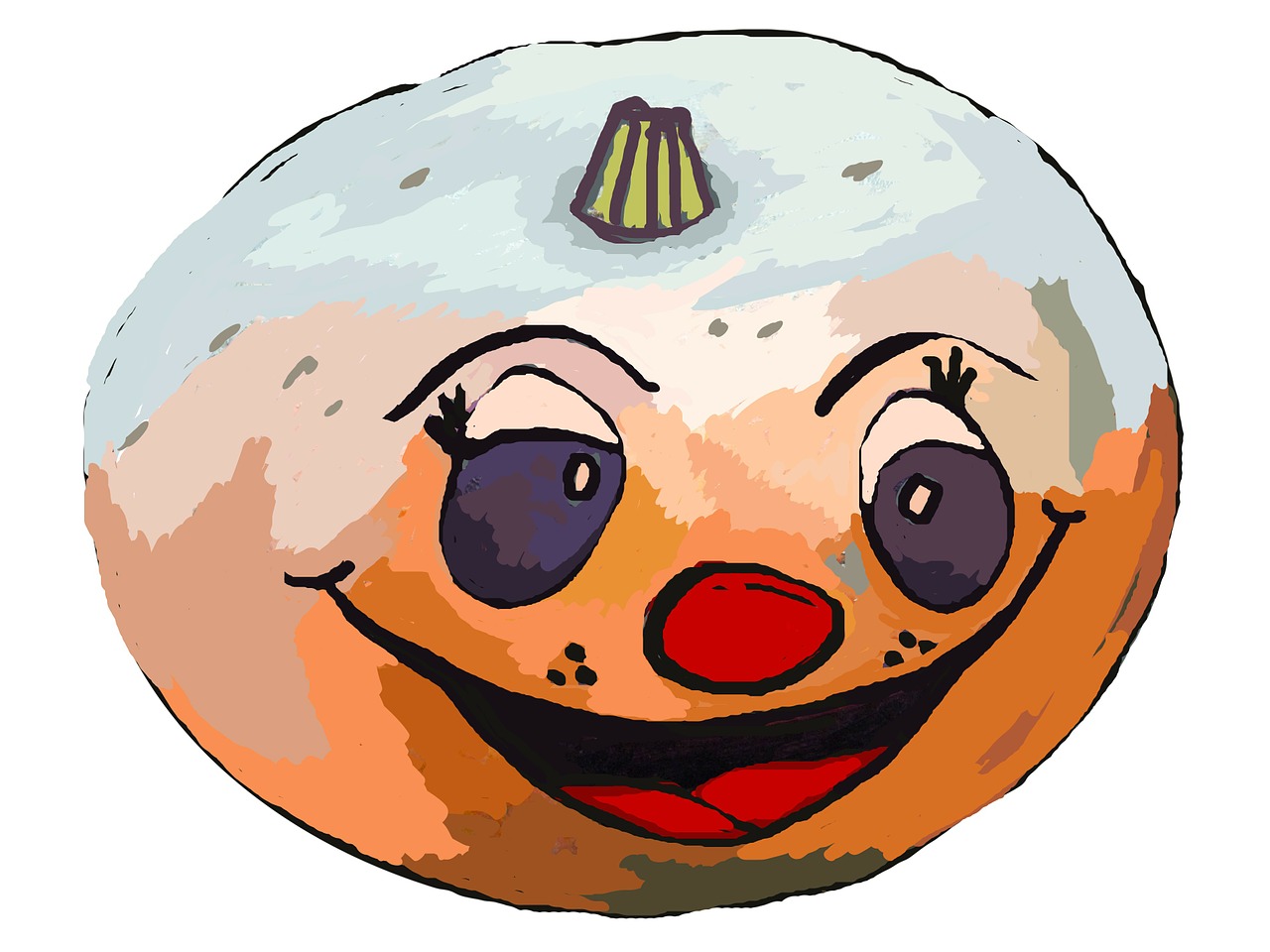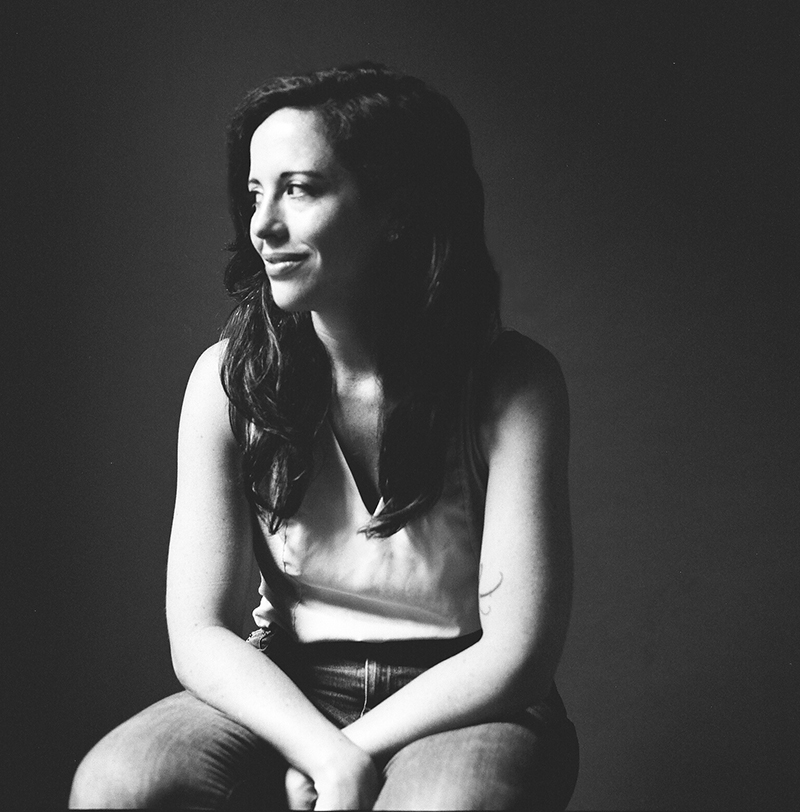What is it about beauty that fascinates us, confuses us, shifts our perceptions of the world through memory and intimacy? In Bahar Orang’s new book, Where Things Touch, she begs a similar question, one that should be simple and yet continues to be one of time’s oldest conundrums: what is beauty? Orang’s narrative is one that resists categorization; combining poetry, nonfiction, and philosophy, she brings forth a book that challenges the reader to meditate on the same questions and insights that drove her through the process of writing, searching, and living. This book is not one with answers, but rather, thoughtful questions on what it means to be human, the ways in which aspects of the world remain undefinable, and the overwhelming power of intimacy, memory, and art.
“Perhaps my project began when Solmaz Sharif wrote: My life can pass like this / waiting for beauty.” And so begins Orang’s mosaic of a narrative that weaves the reader in and out of her headspace alongside other literary influences. She moves through various modes of storytelling, a Bluets-esque book, both layered and consistent – shifting from poetry to experience as a physician to a careful weaving of other texts to direct address towards a lover — Orang demands the reader to experience the idea of beauty through multiple lenses. The book propels forward through associations, folding into one another as Orang grapples with the infinite existences of beauty. Much of the book is concerned not only with beauty, but language, or lack thereof. Through her observations and reflections, Orang is often contemplative on not just one definition of beauty, but rather, the seemingly endless definitions that exist around it.
“Is it frustrating or freeing or both to imagine that we might never truly articulate the meaning of anything, that we only ever write in synonym… only our ability to grapple, to reckon, and sometimes we do it with grace or with gratefulness.”
These parallels between beauty, art, and emotion are drawn throughout, forcing the reader to consider the ways in which so much of life, and expression, is merely an approximation, that some things are too big to be defined entirely.
One of the most compelling threads throughout the book is her experience as a physician in training, bringing forth an interesting contrast to her experience as a poet and writer. The seemingly opposing professions work effortlessly alongside one another, demonstrating to the reader how beauty seeps through even the most logical of things. Orang highlights this idea across the book, referring to beauty as isolated pieces of things; in a sense, poetry.
“This is what beauty is: the most precious but also not the most precious, many planes of meaning at once, the ubiquitous overlapping with the singular, no critical point but many kinds of caress, a foothold, a freefall, nothing and everything at stake. In other words: a poem.”
Orang’s narrative mirrors the very existence of what it means for something to be beautiful: the intersection of many things. Afternoon light passing through a certain window, glimmering on messy linen sheets; flowers growing tall and alone through cracks in the concrete; the subtle, specific way someone we love says our name. It’s where things touch, in random and magical ways, that bring us unexpected peace and undefinable beauty.




